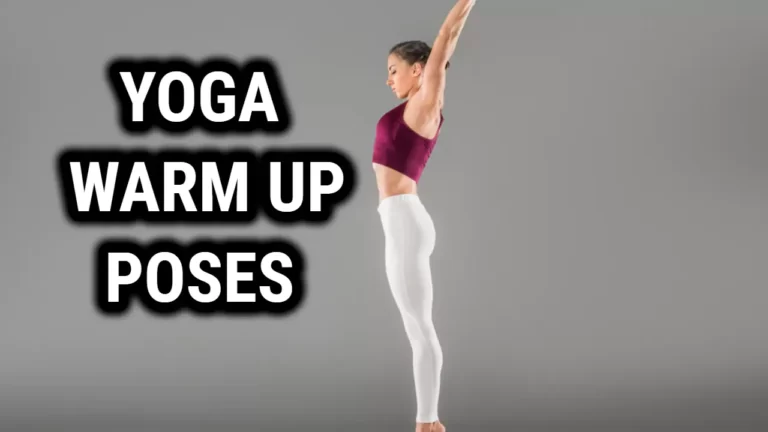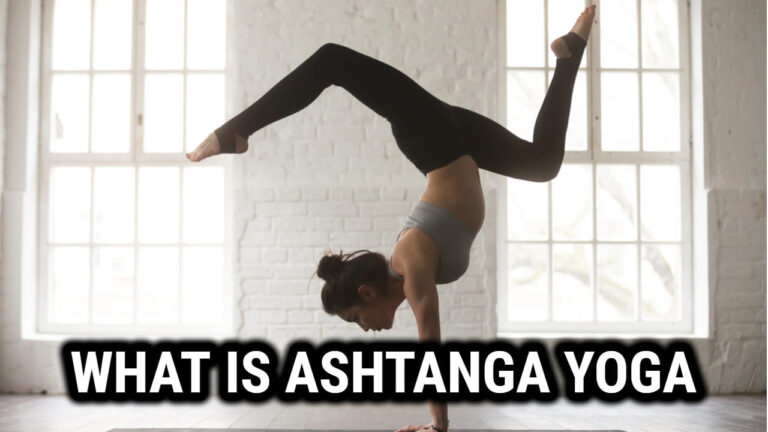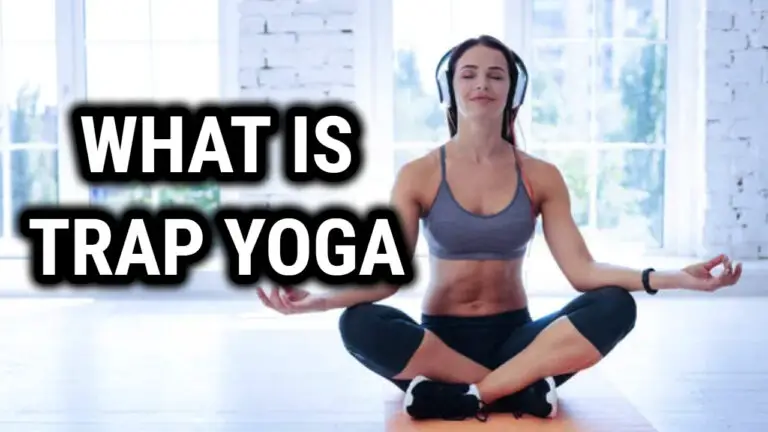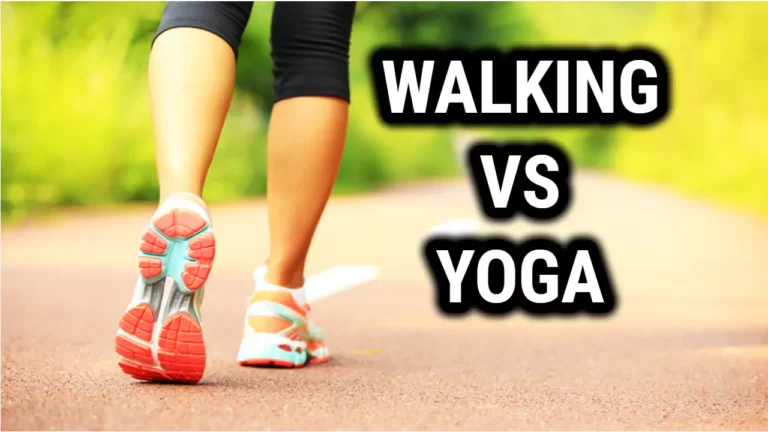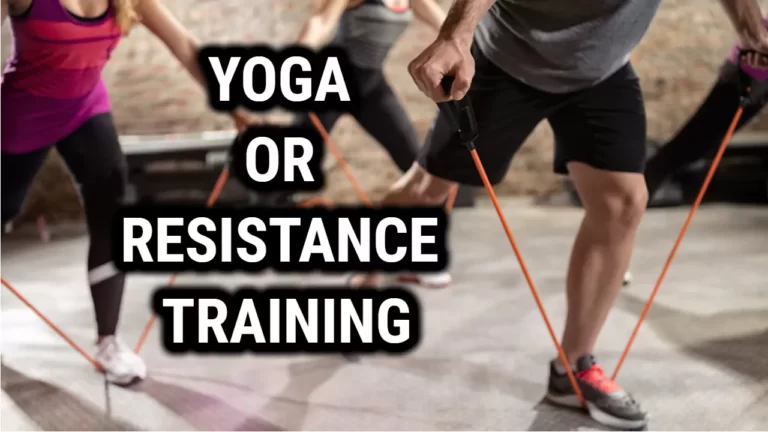Dragon Pose: Benefits and How to Do It

Yoga has been practiced for thousands of years, and it continues to gain popularity as a form of exercise and stress relief. Among the many poses in the yoga practice, the Dragon pose stands out as a powerful way to increase hip mobility and reduce sciatica pain.
This pose involves stepping one foot forward and lowering the opposite knee to the ground, providing a deep stretch to the hip flexors and quadriceps. While the Dragon pose may be challenging, it offers numerous benefits that make it worth the effort.
In addition to improving hip flexibility, the pose can also help alleviate back pain, improve balance and stability, and promote relaxation. Furthermore, the pose can be modified to suit the needs of beginners or those with injuries, making it accessible to practitioners of all levels.
By incorporating the Dragon pose into your yoga practice, you can unleash your inner dragon and experience the transformative power of this hip-opening pose.
Key Takeaways
- Dragon pose involves stepping the right foot forward and lowering the left knee to the floor, while keeping the front foot pressed into the floor.
- The pose can help ease sciatica, increase hip mobility, stimulate various meridians, and promote grounding.
- Beginners can start with holding the pose for 1 to 3 minutes and using a block for support, while those with knee injuries or lower back sensitivity should be mindful and choose appropriate variations.
- Dragon pose has several variations, including Dragon Flying High, Dragon Flying Low, Twisted Dragon, Winged Dragon, Overstepping Dragon, and Dragon Splits, and can be performed by yogis of all levels.
How to Perform
Step by step how to perform Dragon Pose
- Begin in a tabletop position on your hands and knees, with your wrists directly under your shoulders and your knees under your hips.
- Take a deep breath in and as you exhale, bring your right foot forward between your hands. Your right knee should be directly above your ankle and your left leg should be extended behind you.
- Lower your left knee to the ground and untuck your toes. Your left leg should be extended behind you, with the top of your left foot resting on the ground.
- Bring your hands onto your right thigh and press down gently to deepen the stretch.
- If you feel comfortable, you can lift your arms up overhead and bring your palms together in prayer position.
- Hold the pose for several deep breaths, then release and switch sides, bringing your left foot forward between your hands and repeating the same steps.
- To come out of the pose, bring your hands back down to the ground, tuck your back toes under, and lift your back knee off the ground. Step back into plank pose or downward facing dog.
Benefits and Variations
Dragon pose offers various variations such as Dragon Flying High, Dragon Flying Low, Twisted Dragon, Winged Dragon, Overstepping Dragon, and Dragon Splits, which can help ease sciatica and increase hip mobility while stimulating multiple meridians in the body.
Creative sequencing can be used to incorporate these variations into a yoga practice and to target specific areas of the body. Modifications for injuries can also be made to ensure that the pose is accessible to all levels and abilities.
Dragon Flying High and Dragon Flying Low are variations of Dragon pose that involve lifting the torso off the front thigh and reaching the arms overhead or bringing them behind the back, respectively.
Twisted Dragon involves twisting the torso towards the front leg while placing the opposite elbow outside the knee.
Winged Dragon involves extending the arms out to the sides and lifting the chest. Overstepping Dragon involves stepping the front foot further forward and straightening the front leg, which can create a deeper stretch in the hip flexors and quadriceps.
Dragon Splits involves straightening both legs and folding forward over the front leg.
These variations can be used to create a dynamic sequence that targets the hips, hamstrings, and lower back. Modifications for injuries can include using blocks for support, padding the back knee, or choosing a lower variation.
Overall, Dragon pose and its variations can offer a range of benefits for the body and can be adapted to suit individual needs.
Precautions and Modifications
When practicing Dragon pose, it is important to take precautions and consider modifications that can make the pose accessible and safe for all individuals.
Those with knee injuries should pad the back knee and avoid the ‘Overstepping Dragon’ variation. For those with lower back sensitivity, it is important to be mindful while lifting the chest or choose a low variation. Beginners can start with holding the pose for 1 to 3 minutes and using a block for support. Blocks can also be used for support if needed.
Modifications for injuries are also crucial in Dragon pose. If an individual has knee injuries, they can use a folded blanket or cushion under the back knee for extra padding. For those with hip or lower back injuries, they can use props such as blocks, bolsters, or blankets to support the body in the pose. These modifications can help reduce the risk of strain or injury and make the pose more accessible to practitioners of all levels.
Overall, taking precautions and using modifications can allow individuals to safely reap the benefits of Dragon pose.
Duration and Frequency
The duration and frequency of practicing Dragon pose can vary depending on individual experience and comfort level.
Beginners should start with holding the pose for 1 to 3 minutes, while experienced yogis can hold the pose for 3 to 5 minutes.
Those with knee injuries should pad the back knee and avoid the ‘Overstepping Dragon’ variation, while those with lower back sensitivity should be mindful while lifting the chest or choose a low variation. It is important to listen to your body and not push beyond your limits.
Recommended frequency of practicing Dragon pose is 2-3 times a week for those who are new to the pose. As you become more comfortable with the pose, you can increase the frequency to 3-5 times a week.
Variations of Dragon pose can be used to challenge different levels of experience. Beginners can use blocks for support, while intermediate yogis can try Dragon Flying High or Dragon Flying Low. Experienced yogis can attempt Twisted Dragon, Winged Dragon or Dragon Splits. It is important to choose the variation that is suitable for your level of experience and comfort level.
Counterposes
Counterposes are recommended after practicing Dragon pose to release any tension in the body and restore balance.
Downward Facing Dog and Child’s pose are two recommended counterposes to perform after Dragon pose. These poses provide a stretch for the spine and release tension in the hips. Downward Facing Dog also helps to strengthen the arms and legs, while Child’s pose can provide a sense of relaxation and calm.
In addition to counterposes, alternative poses can be included in a yoga sequence to target the same muscle groups as Dragon pose. Saddle and Swan poses are two alternative poses that can be performed to target the hip flexors and offer a backbend. These poses can be a good option for those who find Dragon pose too intense or are looking for a variation in their yoga practice.
Incorporating counterposes and alternative poses into a yoga sequence can help to create a well-rounded practice and prevent any imbalances in the body.
Suitable for All Levels
Suitable for practitioners of all levels, Dragon pose can provide numerous benefits such as increased hip mobility and stimulation of various meridians, making it a valuable addition to any yoga practice. However, as with any yoga pose, proper preparation and attention to breath are essential for a safe and effective practice.
To prepare for Dragon pose, beginners can start with a shorter hold time and use a block for support. It is also important to be mindful of any knee or lower back sensitivities and adjust the pose accordingly. As with any hip-opening pose, it is recommended to warm up the body with other poses such as Downward Facing Dog and Child’s pose.
Proper breath work, such as deep belly breathing, can help to release tension in the hips and promote relaxation in the body. Overall, with proper preparation and attention to breath, Dragon pose can be a valuable addition to any yoga practice.
Frequently Asked Questions
Can Dragon pose be performed during pregnancy?
Dragon pose can be modified for prenatal practice by using a block for support, padding the back knee, and avoiding overstepping. However, it is recommended to consult with a healthcare provider before practicing any yoga poses during pregnancy.
What mental benefits does Dragon pose offer?
Dragon pose can offer mental benefits through its mind-body connection and potential for emotional release. Holding the pose for 3-5 minutes can promote mindfulness and reduce stress. However, further research is needed to fully explore the mental benefits of this pose.
Can Dragon pose be used as a warm-up pose?
Dragon pose can be used as a warm-up pose, but it is best to start slowly and use variations such as Dragon Flying Low or Saddle pose to target the hip flexors. Beginners should use support and avoid Overstepping Dragon variation.
How does Dragon pose benefit athletes?
Dragon pose can benefit athletes by improving flexibility and increasing range of motion in the hips. This can lead to improved performance in activities that require hip mobility, such as running and jumping.
Can Dragon pose help with menstrual cramps?
The practice of yoga for menstrual cramps has been found to have numerous benefits, including hip opening. Dragon pose is a hip-opening yoga pose that can help alleviate menstrual cramps by stretching the hip flexors and increasing circulation in the pelvic region.
Conclusion
The Dragon pose is an excellent addition to any yoga practice, especially for those looking to increase hip mobility and alleviate sciatica pain. With proper modifications and precautions, this pose can be accessible for all levels of practitioners.
The benefits of the pose extend beyond physical stretching, as it provides an opportunity for grounding and connecting with one’s inner strength and power. The variations of the pose, such as Dragon Flying High and Twisted Dragon, offer even more opportunities for exploration and growth in one’s practice.
Incorporating the Dragon pose into a regular yoga routine can improve overall hip flexibility and provide relief from discomfort in the lower back and hips. With a focus on proper alignment and mindfulness, the Dragon pose can help unleash the inner dragon within and promote a sense of grounding and empowerment.

